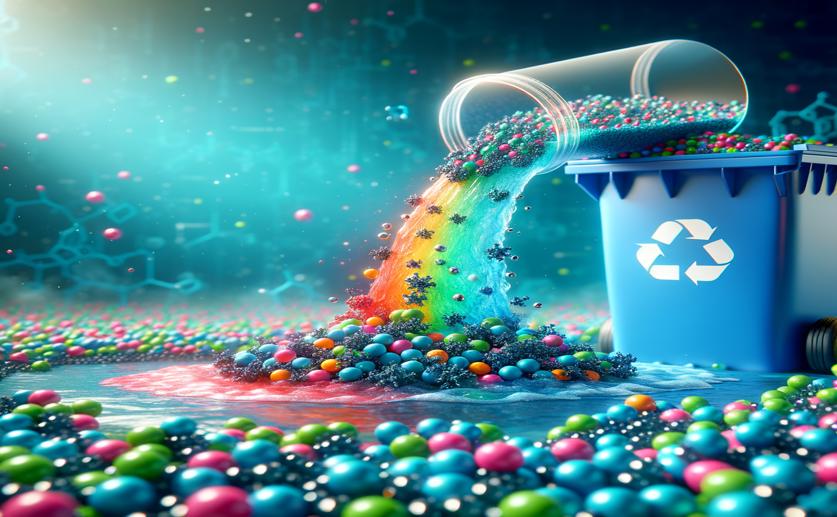
Eco-Friendly Nanoparticles from Waste for Efficient Dye Removal
Jenn Hoskins
17th July, 2024

Image Source: Natural Science News, 2024
Key Findings
- Researchers from Universidad Autónoma de Nuevo León synthesized copper oxide nanoparticles using waste papaya peel extract, an eco-friendly and cost-effective method
- The nanoparticles, confirmed to be around 15-20 nm in size, showed promising optical properties and a monoclinic phase
- These nanoparticles efficiently degraded up to 50% of methylene blue dye in 40 minutes, highlighting their potential for wastewater treatment
EnvironmentSustainabilityBiotech
References
Main Study
1) Bionanomining: bioengineered CuO nanoparticles from mining and organic waste for photo-catalytic dye degradation.
Published 16th July, 2024
https://doi.org/10.1007/s10653-024-02123-y
Related Studies
2) Phyto Synthesis of Manganese-Doped Zinc Nanoparticles Using Carica papaya Leaves: Structural Properties and Its Evaluation for Catalytic, Antibacterial and Antioxidant Activities.
3) Photocatalytic degradation of methylene blue dye in aqueous solution by MnTiO3 nanoparticles under sunlight irradiation.
4) Versatility of copper-iron bimetallic nanoparticles fabricated using Hibiscus rosa-sinensis flower phytochemicals: various enzymes inhibition, antibiofilm effect, chromium reduction and dyes removal.



 16th June, 2024 | Greg Howard
16th June, 2024 | Greg Howard